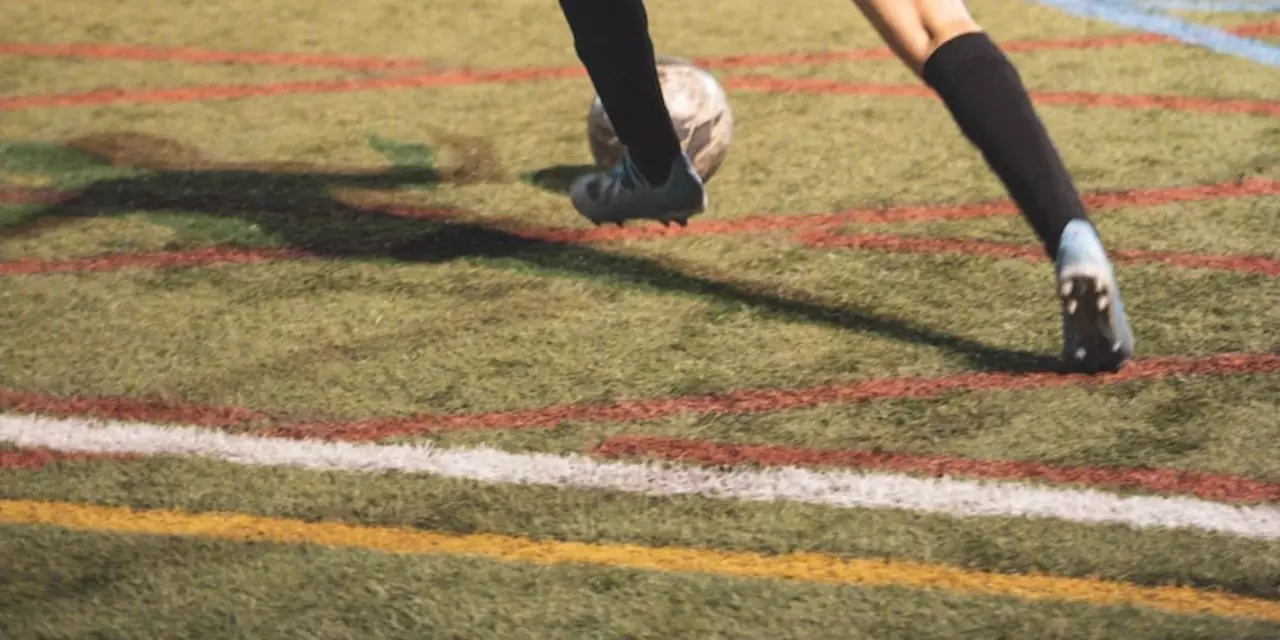Full-Back Basics: How to Play the Flank Like a Pro
If you’ve ever watched a match and wondered why the player hugging the touchline looks so busy, you’ve spotted a full-back. This position is a mix of defending, covering, and joining the attack. Getting the basics right can make you a more reliable player and give your team the edge on both ends of the pitch.
What a Full-Back Actually Does
A full-back’s main job is to stop the opponent’s wingers from getting past. That means tracking runs, timing tackles, and staying disciplined in a one‑on‑one battle. But modern football expects more – you also need to push forward, overlap the midfield, and deliver crosses into the box. Think of yourself as a bridge between defense and attack, always ready to switch roles in a split second.
Key Skills to Build
Speed and stamina are non‑negotiable. You’ll run up and down the line for 90 minutes, so interval training and long‑distance runs should be part of your routine. Work on your 1‑on‑1 defending: practice jockeying, the proper stance, and when to slide in versus standing your ground. On the offensive side, focus on crossing accuracy and timing your runs to avoid being caught offside.
Positioning is another big factor. When your team is defending, stay narrow enough to block passing lanes, but give yourself space to step out and challenge the ball carrier. When attacking, look for the moment when the midfielder or winger pulls the ball wide and slip inside to create a passing option. Good positioning reduces the amount of running you need to do and makes you look effortless.
Technical ability matters too. A solid first touch lets you control a loose ball on the edge of the box, and a quick pass can launch a counter‑attack. Spend time on ball‑control drills with both feet, and practice short, sharp passes under pressure. Even a simple one‑touch pass can free up a teammate and force the opposition to scramble.
Mindset is often overlooked. As a full-back you’ll face a lot of pressure – opponents love testing the flanks. Stay confident, communicate with your centre‑backs, and trust your training. When you make a mistake, shake it off quickly; the next play is what really counts.
Teamwork is the glue that holds it all together. Talk to your winger about when you’ll overlap and when you need to hold back. Coordinate with the midfielders for cover when you dash forward. The more everyone knows each other's habits, the smoother the transition between defense and attack.
Finally, watch the pros. Players like Trent Alexander‑Arnold, Joao Cancelo, and Aaron Wan‑Bissaka show how varied a full-back can be. Notice how they read the game, the timing of their runs, and how they use their weaker foot to surprise defenders. Mimic small parts of their play in training, then blend them into your own style.
To sum it up, being a full-back is about balance – strong defending, smart attacking, and endless running. Focus on fitness, positioning, technical drills, and communication, and you’ll feel more comfortable on the flank. Keep learning, stay hungry, and soon the sidelines will feel like your second home.

Is the term 'full-back' in football (soccer) a bit odd?
The term 'full-back' in soccer is an unusual one, as it implies that the position is completely occupied by one player. The reality is that the full-back position is actually a combination of two roles: a defender and a midfielder. The full-back must both defend the goal and support the attack, making them one of the most important players in the team. They must also have good technical ability, tactical awareness, and the ability to read the game quickly and accurately. The full-back is an essential part of any successful team and is often one of the key players in terms of providing stability to the team's defense and attack.
More Detail